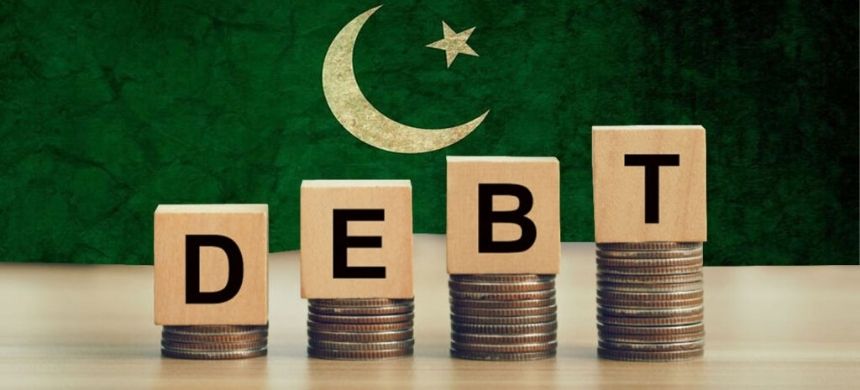Pakistan’s domestic debt has reached a record Rs54,471 billion as of June 2025, marking a dramatic rise over the past five years. The increase of more than Rs28,000 billion since June 2021 highlights the country’s growing dependence on internal borrowing to manage fiscal gaps and budget shortfalls.
According to the Ministry of Finance, Pakistan’s domestic debt stood at Rs26,265 billion in June 2021. By June 2025, it had more than doubled, showing a consistent upward trend in borrowing. Officials warn that the rising debt burden could put pressure on the national budget and limit spending on development and social programs.
Debt Servicing Costs Hit New Highs
The cost of servicing domestic debt has also surged. In June 2025, principal repayments totaled Rs25,090 billion, while annual interest payments jumped to Rs7,962 billion. This represents an increase of over Rs800 billion compared to June 2024, when interest payments were Rs7,164 billion.
For comparison, interest payments were Rs4,936 billion in June 2023 and Rs2,524 billion in June 2021. The sharp rise in debt servicing indicates that a growing portion of government revenue is being used to meet interest obligations rather than fund development projects.
Growing Fiscal Challenges
Despite efforts to curb borrowing, the pace of increase in domestic debt shows no signs of slowing. Economists say this trend could restrict fiscal flexibility and make it difficult for the government to address economic and social needs effectively.
In other related news also read Pakistan’s Central Government Debt Falls By Rs. 430 Billion
The Ministry of Finance has emphasized the importance of structural reforms, improved tax collection, and prudent fiscal management. These steps are seen as essential to stabilizing public finances and reducing the strain of rising domestic debt on future budgets.
Pakistan’s rapidly increasing domestic debt underscores the urgent need for sustainable fiscal policies and careful management of public resources.











